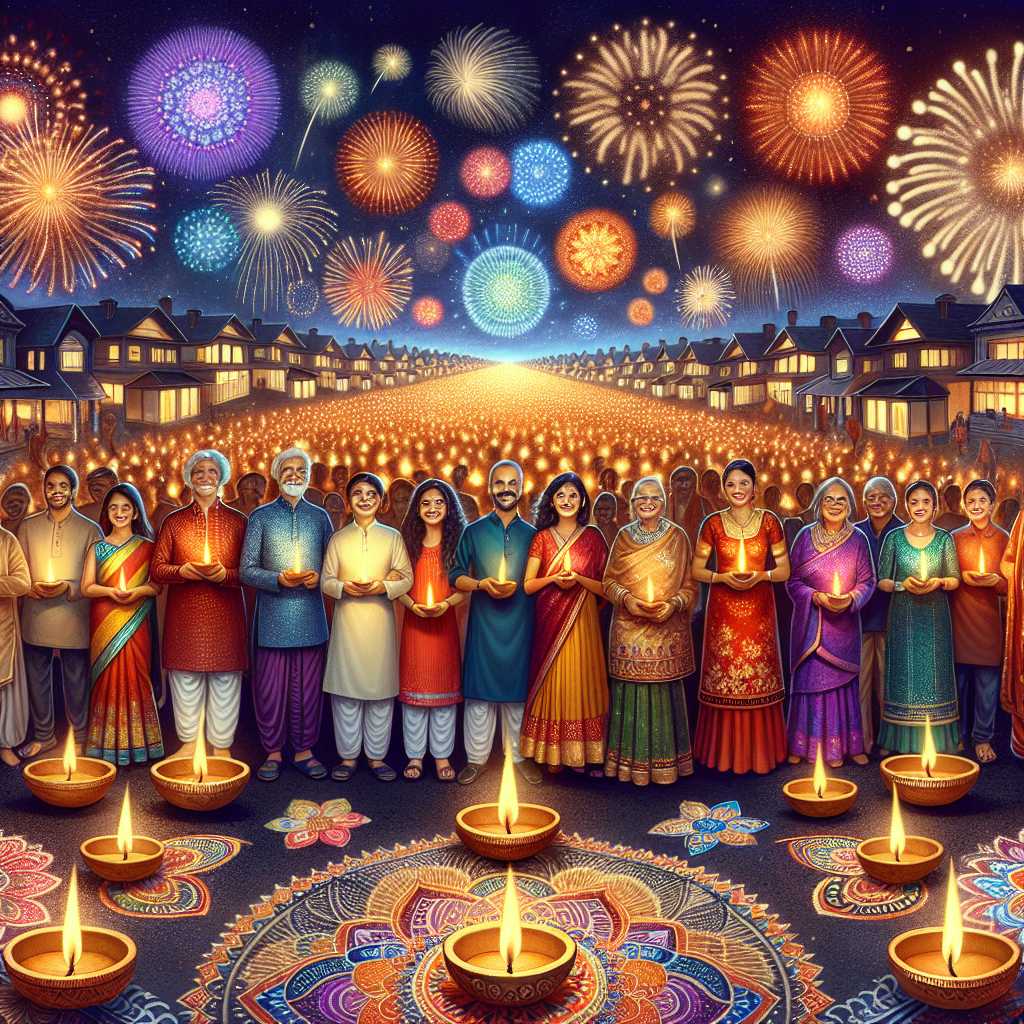Understanding Diwali: The Festival of Lights
Diwali, also known as Deepavali, is one of the most important and widely celebrated festivals in India, as well as in other countries with significant Hindu, Jain, Sikh, and Buddhist communities. Characterized by intricate rituals, mesmerizing fireworks, and the illumination of homes and public spaces, Diwali is a joyous time that signifies the victory of light over darkness, knowledge over ignorance, and good over evil.
The Historical and Religious Significance of Diwali
Hinduism and the Ramayana
For Hindus, Diwali commemorates the return of Lord Rama to his kingdom Ayodhya after 14 years in exile and defeating the demon king Ravana. It is believed that on this night Ayodhya’s citizens lit oil lamps to welcome home their beloved king. The story of Rama, his wife Sita, and his brother Lakshmana forms an integral part of the epic scripture Ramayana, making Diwali steeped in moral and spiritual symbolism.
Jainism: Lord Mahavira’s Nirvana
For Jains, Diwali marks the anniversary of the nirvana or spiritual awakening of Lord Mahavira, the last of the Jain Tirthankaras – the great teachers. It was on this day in 527 BCE that Mahavira attained Moksha (liberation from the cycle of birth and death). Jains celebrate this event with prayers, fasting, and charity.
Sikhism: Bandi Chhor Divas
Diwali for Sikhs coincides with an important event known as Bandi Chhor Divas (The Day of Liberation), which commemorates the release of Guru Hargobind Ji from imprisonment by the Mughal Emperor Jehangir. Upon his release, the Guru also managed to free 52 Hindu kings. Sikh celebrations involve visiting gurdwaras (temples), reciting prayers, and lighting up their homes.
Buddhism: New Year Celebrations
Some Buddhists also celebrate Diwali differ HTMLently depending on regional traditions. For example, Newar Buddhists in Nepal celebrate it as part of their New Year festivities known as ‘Swapna’ during which Buddha’s return to earth from Trāyastriṃśa is commemorated.
The Rituals and Celebrations of Diwali
Preparation and Anticipation
Preparations for Diwali begin days before with thorough cleaning and decoration of homes and workspaces. Shopping for new clothes, fits,Kitchen utensils are common customs during this period. It is both a social imperative as it allows for community cohesion.
Lighting Up the Darkness
On Diwali night, people illuminate their homes with rows (Avali) of clay lamps (Diyas), which is why Diwali is called the ‘Festival of Lights.’ Many also use modern decorative lights much like Christmas lights in Western cultures.
Rangoli Artwork
Creating colorful Rangoli artworks on floors using materials such as colored rice, dry flour, colored sand or flower petals is another iconic feature of Diwali. Such artwork usually encompasses geometric patterns or representational images such as lotus flowers.
Firework Displays
Firework shows are another elemental aspect of Diwali celebrations. Elaborate firework displays fill the sky as people—especially children—take pleasure in setting off a variety of firecrackers although this has been facing environmental concerns leading to use safer options.
Prayers and Offerings
Offering prayers to deities especially Goddess Lakshmi – who symbolizes wealth and prosperity – and Lord Ganesha – who represents intellect and wisdom – form a core part of religious observances.
Festive Foods
An array of sweets such as ladoos and jalebis; savory snacks; and elaborate meals form part of family feasts that also promote unification through bounty.
Gifts and Generosity
Exchanging gifts with friends and family is also integral to the festival while acts of charity are performed to help those less fortunate in society embodying communal harmony.
Economic Implications: A Shopping Bonanza
Diwali season boosts retail sales remarkably as buying gold jewelry, new clothing, home appliances is considered auspicious lending an economic spike.
Environmental Considerations: The Debate Over Fireworks
There’s growing concern over environmental pollution caused by excessive use of fireworks which has led to legislative action aimed at reducing sound and air pollution during this festival time.
Notes
Image Description: The picture vividly depicts an evening during Diwali. Homes are illuminated with rows of Earthen lamps, emitting a warm golden glow. Fireworks explode in varied colors in the night sky above. In the foreground, intricate Rangoli patterns adorn an open space. Families attire in vibrant traditional dress civan be seen smiling, capturing the festive spirit.
